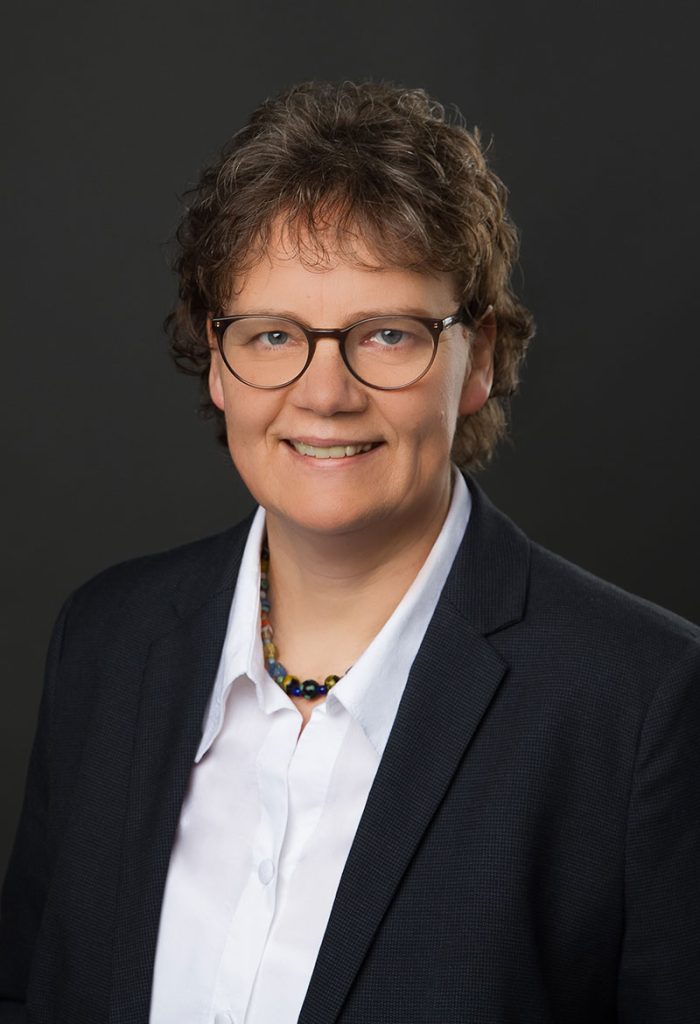I am currently researching the Jewish polymath Moritz Steinschneider (1816–1907), who wrote approximately 1,400 articles and books in several languages, publishing in journals in a wide range of fields. He was the encyclopaedic “father of Hebrew bibliography” and a central figure of the “Wissenschaft des Judentums”, but no scientific biography of Steinschneider has yet been written. The first step in understanding the “cheminement intellectuel” is the compilation of a chronologically ordered bibliography, based on Steinschneider’s own article in the Bodleiana Catalogue (1852–1860) and on the bibliography of his disciple G.A. Kohut, published in the Festschrift of 1896. To cite Solomon Schechter (1847–1915), the Bodleiana Catalogue is “the work by which he will after all be best remembered, and which has become the Urim and Thummim of every Jewish student.”. The field of bibliography has changed in recent years and the Catalogue is no longer used as it was before. However, Steinschneider’s results are the foundation of all our databases in the field of Judaic studies. Without the great knowledge, experience, and accuracy of Steinschneider, many bibliographical questions would (still) be unresolved today.
It is now time to give the Bodleiana Catalogue its place in history and to ask how this monumental work was even possible. To understand Steinschneider’s development prior to the Catalogue, we must closely examine his origins in the Moravian Haskala. On his path to becoming a bibliographer, he worked as a journalist for different journals, including Julius Fürst’s Orient, and wrote highly influential articles in contemporary encyclopaedias, the Pierer’s Universal-Lexikon, and the Ersch und Gruber; where he published one of the first histories of Jewish literature. Steinschneider was also a teacher and published schoolbooks for Jewish schools. He was a close friend of Leopold Zunz (1794–1886) and, similar to Zunz but in a different field and in another manner, he influenced the important period of Jewish emancipation in Germany.
To better understand this crucial period of Jewish history in Europe and the history of science in general is a primary motivation for my research on Steinschneider. This research is a balancing act, because bibliography is – still today, but even more in the times of Steinschneider – an art, a practice; mere words or a manuscript resulting from this research cannot always capture and convey the fascination of cataloguing books and manuscripts. Structuring, comparing, cross-referencing documents, deciphering content, physically touching, and leafing through manuscripts, all these help build knowledge while procuring the satisfaction of making it accessible and referenceable for future generations. Writing about a bibliographer, a master in his field, is a difficult yet rewarding challenge.
petra.figeac@sbb.spk-berlin.de orcid.org/0000-0002-8066-0468
Areas of Interest
Wissenschaft des Judentums, Judaic studies in Germany in the 19th century, history of European Jews in the Middle Ages
Historical Periods of Interest
12th through 16th centuries, 19th century CE
Positions
2001
Curator and Subject Specialist for Hebrew, Israel Studies, Ancient Near East, Christian Near East and Egyptology in the Oriental Department in the Staatsbibliothek zu Berlin – Preussischer Kulturbesitz
1999 – 2001
Curator and Subject Specialist (Theology, Rabbinica, Philosophy), Department of Old Prints, Staatsbibliothek zu Berlin – Preussischer
1995 – 1997
Research Assistant, Les Temps qui Courent (publishing house), Paris, France (publication of an interactive Hebrew–Greek Bible CD-ROM)
1993 – 1995
Research Assistant, Musée du Louvre, Paris, France (conception and implementation of a database of Coptic manuscripts)
Education
1997 – 1999
State Trainee Program for Curators / Subject Specialists, Scientific Libraries in Berlin (Staatsbibliothek), Tübingen (University Library), and Cologne (University of Applied Science)
1994
Diplôme des Études Approfondies, Sorbonne, Paris, France
1993
Maîtrise, Institut Catholique de Paris, France
1991 – 1994
Studied History of Religion and Biblical Languages (Hebrew, Aramaic, Coptic, and Greek) at the École Pratique des Hautes Études (EPHE), the Sorbonne, and Institut Catholique de Paris, France
1989 – 1991
Studied Philosophy and Germanistik, University of Tübingen
1987 – 1989
Studied Mathematics and Philosophy, RWTH Aachen


